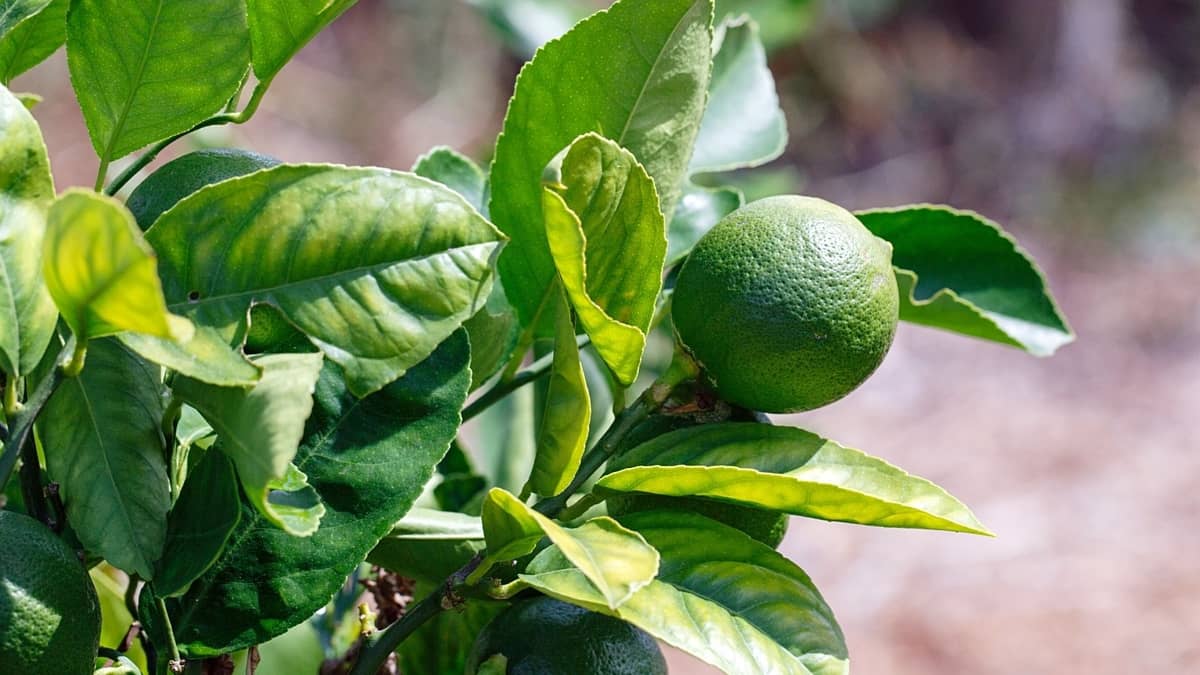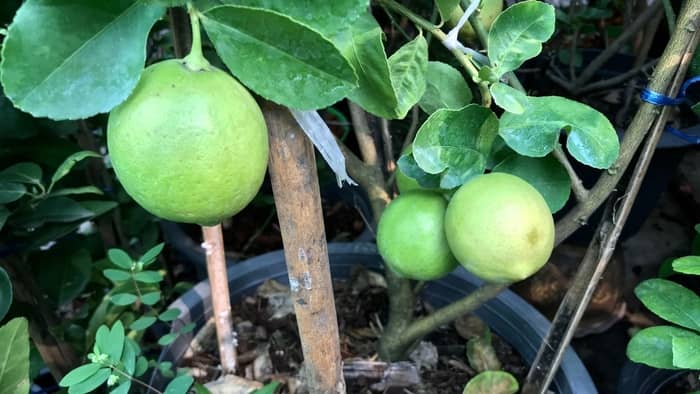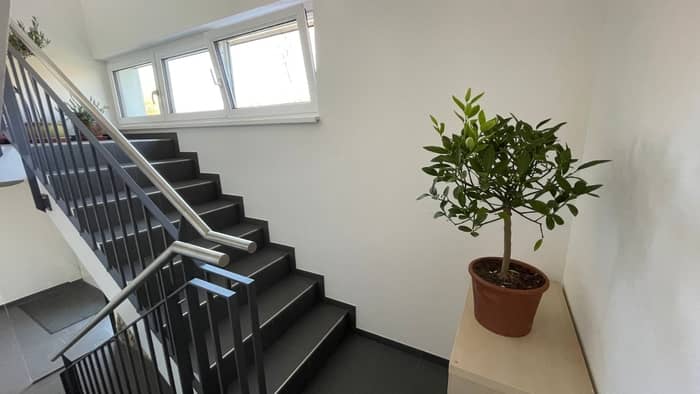Last Updated on January 7, 2022 by Guillermina
Can lime trees grow indoors? Many of us usually see lime trees as gigantic and they are grown outdoors. For many parts of the world, there are lime trees plantations to supply the countries with various kinds of lime fruit.
But what do you think of an indoor lime tree? Well, if you are a lime-lover, you might want to consider getting a dwarf lime tree. The good news is, not all limes trees are tall. Throughout the years, many individuals have found a way to grow lime trees indoors and control their growth.
This could mean that if you want some lime fruits, you can get them anytime from your dwarf lime tree. Dwarf limes trees grow as much as full-sized trees. Only on a smaller scale though. They can read a height at about 8-10 feet tall. You can use the fruits for cooking, juicing, zest, or as an addition to any recipe that requires fresh lime.
Can Lime Trees Grow Indoors And What Variety Should I Choose?
Before you start looking for lime trees in the nearest nursery store, let’s first discuss the varieties of lime trees that you can choose from. Choosing the best variety of lime trees to grow indoors can mainly affect your success rate.
Some factors that may affect your choice of lime tree fruit are how you want to use the fruits, what kind of look you want to add to your indoor garden, and what your purpose is. The following popular varieties of lime trees.
Dwarf Persian Lime Tree
This variety is very much available in your local grocery store. Since they are very easy to find, many individuals opt for this kind. The fruits of this lime-tree variety are juicy, tender, and very acidic. It has the “true-lime” taste.
- The dwarf kinds have dense, evergreen foliage, and are thornless. They can grow flowers during spring and are best grown in USDA zones 8-11. The mature Dwarf Persian Lime Tree can reach up 6-10 inches in height.
- Dwarf Key Lime Tree. Another very popular lime tree is the Dwarf Key Lime Tree. It is commonly used in a pie recipe that is also named after the fruit.
- This type of lime is small and can only grow in about 1 to 2 inches. The plant is bushy, with splinting branches with medium thorns. It can grow well with proper lime tree care. Its fruits are very aromatic and can simply adapt to many types of soil.
- Dwarf Kaffir Lime Tree. This lime tree is very acidic with a slightly bitter flavor. Nevertheless, it is very aromatic. It has jade-green and glossy leaves, which can be dried or used fresh to give a spicy-lemon taste to your recipe. If you want to plant a lime tree in a pot, you should opt for this kind.
- Dwarf Key Limequat. A hybrid, this lime variety is sweeter than other types. It has a small, very juicy fruit. You can eat it whole just like the kumquats but you can also produce juice out of them. They’re very easy to grow and can thrive in hanging baskets.
- Dwarf Cocktail Tree. If you are asking, can lime trees grow indoors, the answer is a yes? But don’t just get one lime tree when you can plant a lot of varieties indoors. These lime trees don’t take up so much space. So if you want another lime tree variety, you should have a Dwarf Cocktail Tree. It is a 2-in-1 Meyer Lemon/Key Lime Tree. This happens when two lime tree varieties are grafted and grown together in one stem. It is perfect for your small garden, whether you are planning to plant it indoors or outdoors.
How To Grow Lime Trees Indoors
Lime trees are very easy to grow since they have very simple needs. And you must attend to this if you are aiming for a beautiful indoor lime tree.
- Watering. Water your plants as you do with other plants. But make sure your pot has good drainage. While lime trees need water, they don’t want to get soaked in too much water.
- Soil. Lime trees can grow well in medium to large pots that are wide and deep. For the best result, use a lightweight, perlite-containing potting mix. Perlites can help drain the water faster and prevent waterlog from building up. Normally, there is the potting mix that is specifically sold for lime trees. You can look for this in your local nursery or you can buy it online.
- Pruning. Young dwarf lime plants do not need much pruning. Give them a few years until they have fully grown and become bushy. When they have established and grown sturdy, you can prune them to tidy them up. You also need to prune deadwood to maximize airflow. Also, prune off branches that cross others and prevent light from reaching the lower branches.
- Feeding. If your dwarf lime tree appears to require nutrients, look for citrus or lime tree fertilizer. This will help keep things growing.
- Pest and diseases. Indoor citrus trees are prone to pests. In this case, we suggest that you use natural means to get rid of pests. As always, prevention is better than cure so when it is pest season, you can rub neem oil on your plant’s leaves. However, if you find that your plant is attacked by mealybugs and spider mites, just use soap and water to remove them.
Lime Tree Care And Tips
- Expose it to at least 6 hours of direct light every day. Otherwise, you may want to use LED grow light if necessary.
- Keep indoor temperatures between 55 and 80°F, and lower the thermostat a few degrees at night.
- Move plants outdoors in the spring to help them develop. But protect them during cold weather days by keeping them inside.
- Avoid abrupt changes in light exposure or temperature. Water regularly but make sure that the soil also drains well. Keep the soil moist but clear waterlogged.
- Feed your plant regularly with a granular fertilizer. It ensures a sufficient supply of nutrients.
- Prune the foliage after harvesting fruits to maintain the desired shape.
- Keep your plants indoors if it is too windy outside.
Read more about A Quick Guide To Growing Maple Trees Indoors



